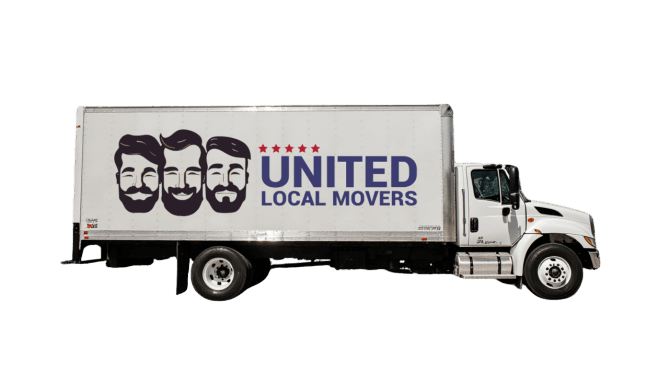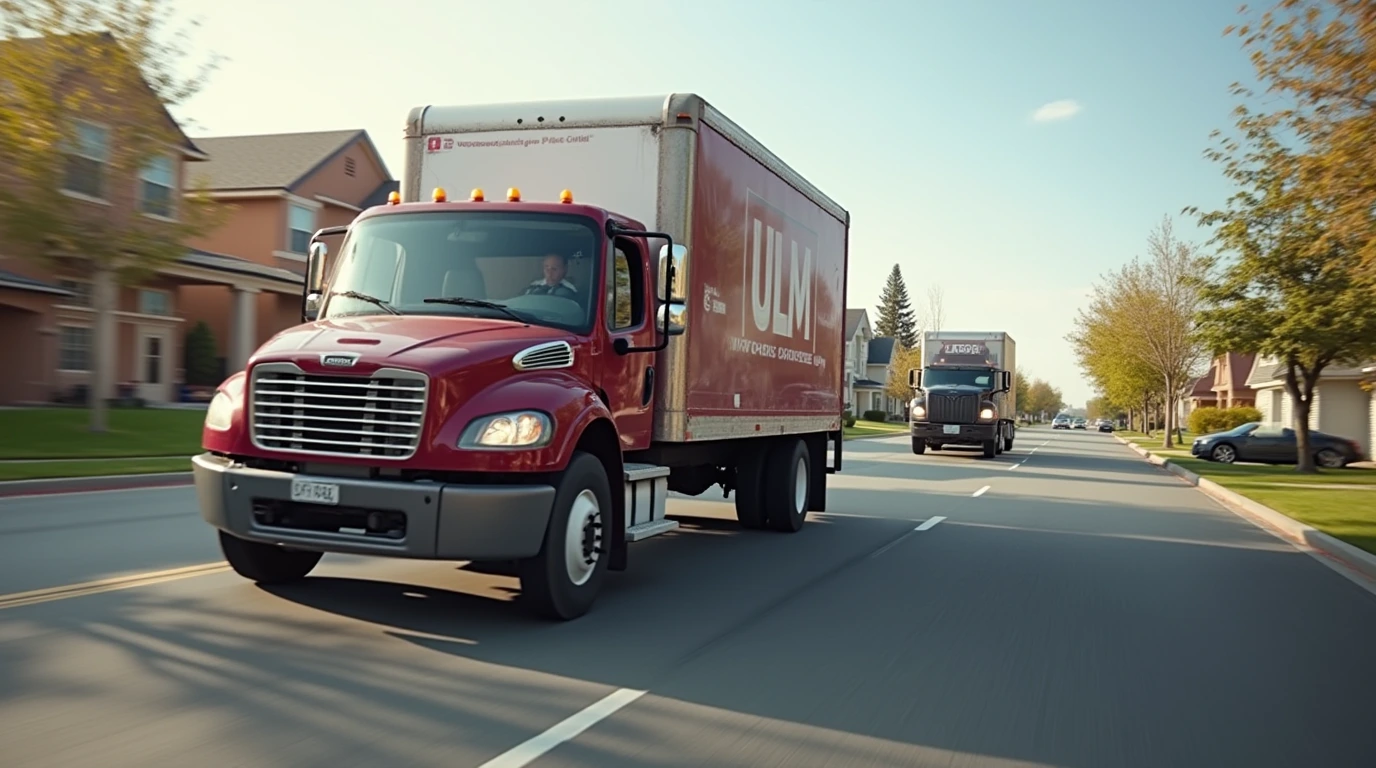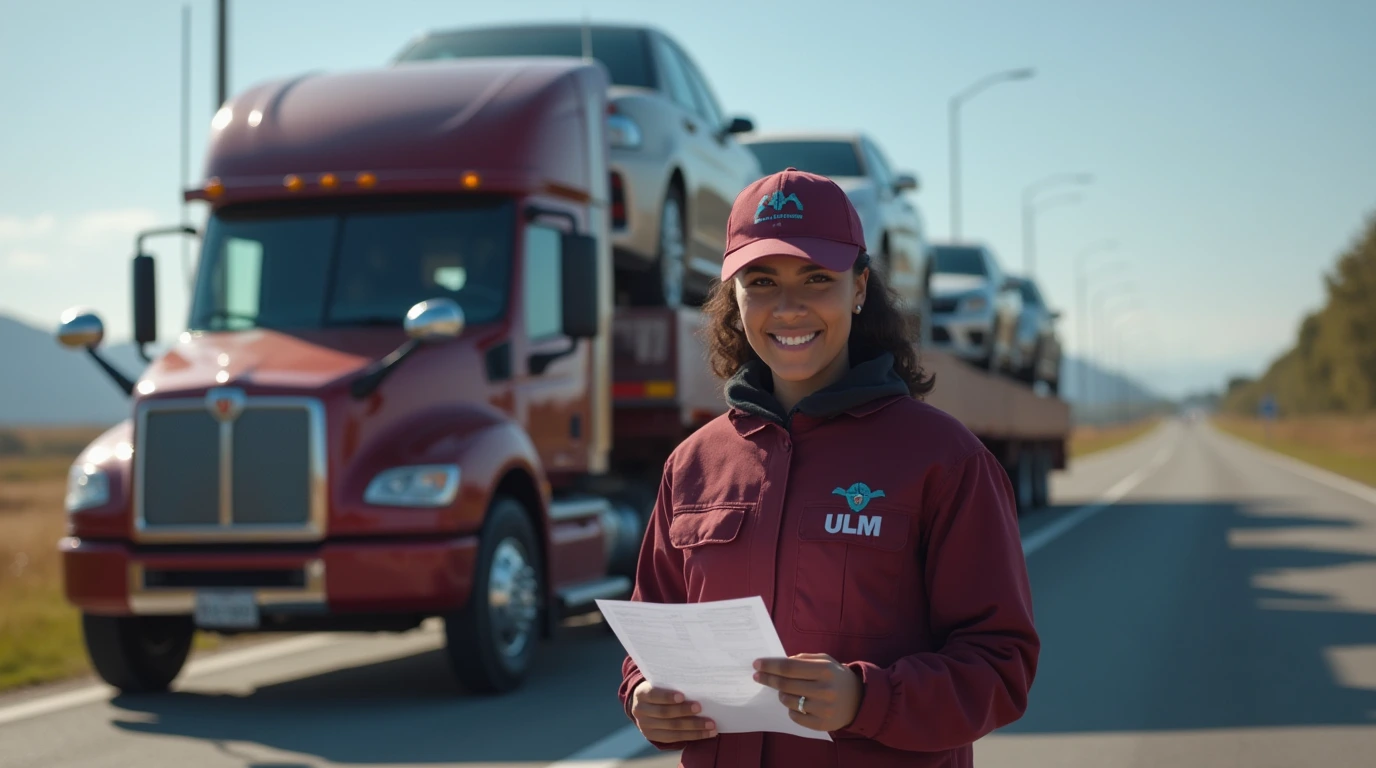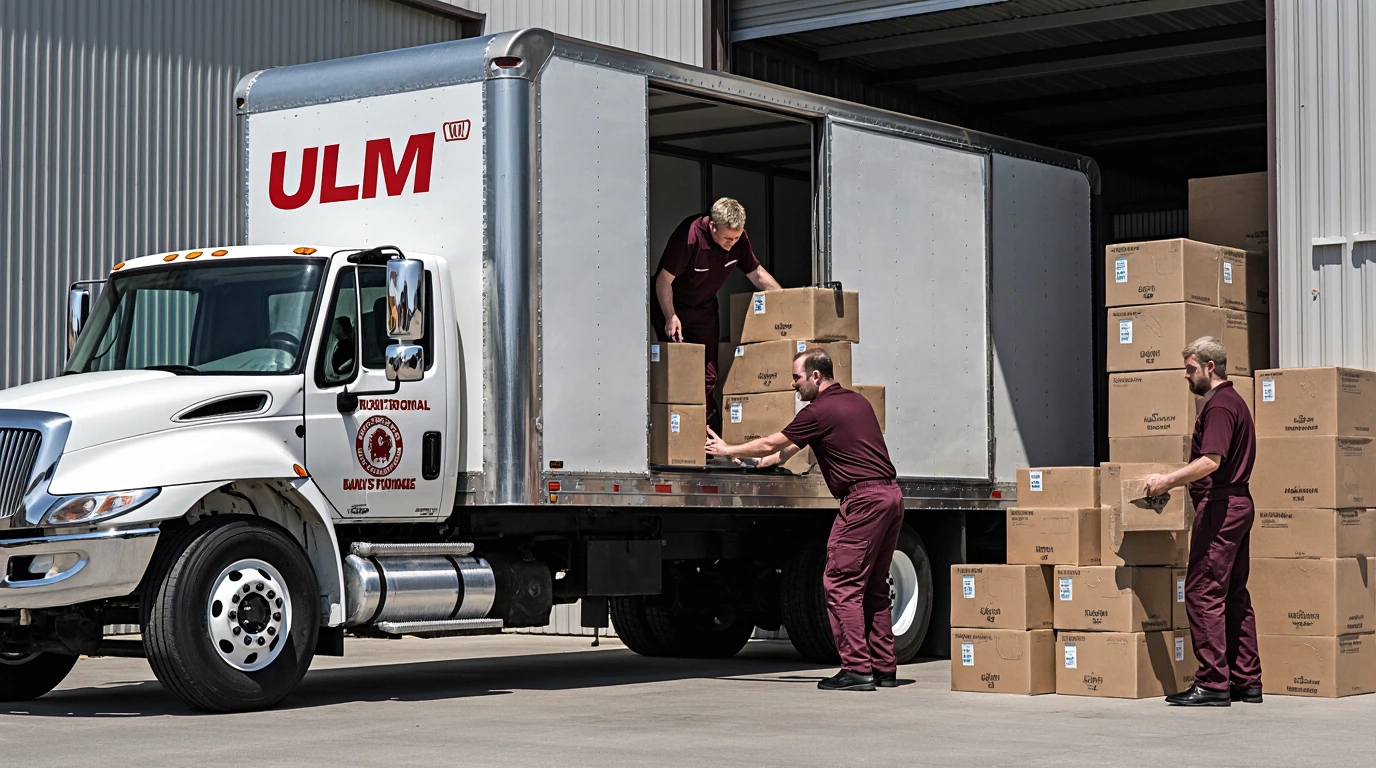When planning a long-distance or cross-country move, you may not want to drive your car thousands of miles yourself. Shipping your vehicle is a smart, stress-saving option — but choosing the right method and coordinating timing can make a big difference in cost and convenience. Whether you’re moving a standard sedan, an SUV, or a high-end vehicle, understanding your car shipping options will help you make an informed decision.
Why Shipping Your Car Can Make Sense
Driving your vehicle across multiple states isn’t always practical or cost-effective. Auto transport offers a safer, more efficient way to get your car to your new home without the wear, mileage, and stress of a long drive.
- 🚘 Save time: Your car travels while you focus on the rest of your move.
- 💰 Control costs: Avoid fuel, hotels, tolls, and maintenance expenses.
- 🧭 Reduce risk: No long hours behind the wheel or potential breakdowns.
- 📦 Coordinate your move: Ship your car along with your household goods.
This option is especially common for relocations over 500 miles, interstate moves, and corporate relocations.
Types of Car Shipping Services
Not all auto transport services are the same. Choosing the right type depends on your vehicle, budget, and timeline. The two most common shipping methods are open and enclosed carriers.
1. Open Carrier Shipping
This is the most common and cost-effective option. Your car is loaded onto an open trailer, often with 5–9 other vehicles.
- ✅ Pros: Lower cost, wide availability, faster scheduling.
- ⚠️ Cons: Exposed to weather and road debris (though damage is rare).
- 💵 Best for: Standard sedans, SUVs, daily-use vehicles.
2. Enclosed Carrier Shipping
Enclosed carriers offer additional protection by transporting your vehicle inside a covered trailer.
- ✅ Pros: Protection from weather, dirt, and road debris.
- 🔐 Added security: Fewer vehicles per load, often white-glove service.
- 💰 Cons: More expensive and may take longer to schedule.
- 🚘 Best for: Luxury, classic, or high-value cars.
For most moves, open carriers provide the best balance of cost and convenience. For rare or expensive vehicles, enclosed carriers offer peace of mind.
Door-to-Door vs. Terminal-to-Terminal Shipping
In addition to the type of carrier, you’ll also need to choose how your vehicle is picked up and delivered:
- 🚪 Door-to-door shipping: The carrier picks up and delivers your car as close to your address as possible. This is the most convenient option.
- 🏢 Terminal-to-terminal shipping: You drop off and pick up your car at designated shipping terminals. Usually cheaper but less convenient.
Door-to-door shipping is preferred by most customers, especially when coordinating with household movers.
How Car Shipping Pricing Works
Car shipping costs depend on multiple factors. Understanding how pricing works helps you budget accurately and avoid unexpected charges.
| Factor | Impact on Price | Typical Range |
|---|---|---|
| Distance | Longer distances cost more but less per mile | $0.50 – $1.25 per mile |
| Type of Carrier | Enclosed is more expensive than open | +25–50% for enclosed |
| Vehicle Size | Larger vehicles cost more to ship | $100–$300 more for SUVs/trucks |
| Delivery Speed | Expedited shipping costs more | Varies |
| Season | Summer and winter peak season raise rates | +10–20% |
| Pickup/Drop-off Location | Rural areas may cost more than metro hubs | $100–$250 difference |
Most car shipments for standard sedans range from $800 to $1,500 depending on distance and service type. Always get multiple quotes and verify licensing before booking.
Preparing Your Vehicle for Shipping
Proper preparation ensures a smooth shipping process and protects you in case of any issues. Before pickup:
- 🧼 Wash your car so the driver can inspect it properly.
- 📸 Take clear photos of all sides and document any existing damage.
- ⛽ Leave only 1/4 tank of fuel to reduce weight.
- 🚫 Remove personal items and toll passes.
- 🔑 Provide a working set of keys for the carrier.
These steps make inspection faster and protect you in case you need to file a claim later.
Inspection and Bill of Lading
On pickup day, the driver and you will complete a vehicle inspection and sign a Bill of Lading (BOL). This document:
- 📝 Describes the car’s current condition
- 📍 Confirms pickup and delivery addresses
- 🔐 Acts as your legal shipping contract
Keep a copy of the BOL — you’ll need it when your vehicle is delivered to confirm everything matches the original condition.
Coordinating Car Shipping With Your Move
If you’re moving household goods and a vehicle, coordinating everything under one timeline is crucial. Many moving companies, including United Local Movers, can help arrange both services together. This means:
- 🚚 One point of contact for shipping and moving
- 📅 Coordinated delivery windows
- 📦 Streamlined logistics for fewer delays
Scheduling your car shipment 1–2 weeks in advance ensures better pricing and availability.
Delivery Day: What to Expect
When your vehicle arrives, inspect it carefully before signing off:
- 🔍 Walk around the car and compare to your original photos.
- 📝 Note any discrepancies on the delivery Bill of Lading.
- 📞 Contact the transport company immediately if there’s damage.
In most cases, vehicles arrive in the same condition they left. Professional carriers are trained to handle them carefully.
Insurance and Liability
Licensed auto transport companies are required to carry liability and cargo insurance. However, coverage may have limits. Before booking:
- ✔️ Ask for proof of insurance and coverage amounts.
- 📝 Read the fine print on deductibles.
- 💬 Consider purchasing additional insurance for high-value cars.
Your personal auto insurance may also offer supplemental coverage during transport.
Seasonality and Timing Considerations
Car shipping demand fluctuates throughout the year. Peak season (spring and summer) often comes with higher prices and longer wait times. Shipping during fall or winter may lower costs — but weather delays are more common then. Planning ahead is the best way to secure reliable transport at a fair price.
Common Mistakes to Avoid
- ❌ Booking last minute during peak season
- ❌ Choosing the lowest price without verifying carrier licensing
- ❌ Leaving personal items in the car
- ❌ Skipping inspection photos
- ❌ Not reading the Bill of Lading carefully
A few smart precautions can save you from major headaches later.
Choosing a Reputable Auto Transport Company
Not all carriers are equal. Look for companies with:
- FMCSA registration and active USDOT/MC numbers
- Positive customer reviews and ratings
- Transparent pricing with no hidden fees
- Clear communication and tracking options
At United Local Movers, we coordinate auto transport with your household move for a seamless relocation experience.
Making Vehicle Shipping Part of a Smooth Move
Car shipping doesn’t have to be complicated. By understanding your options, preparing your vehicle properly, and working with a trusted moving company, you can eliminate stress and keep your relocation on schedule.
With United Local Movers, your relocation becomes safer, faster, and stress-free. From pickup to delivery, we’ll make sure your car arrives just like the rest of your belongings — safe and on time.





